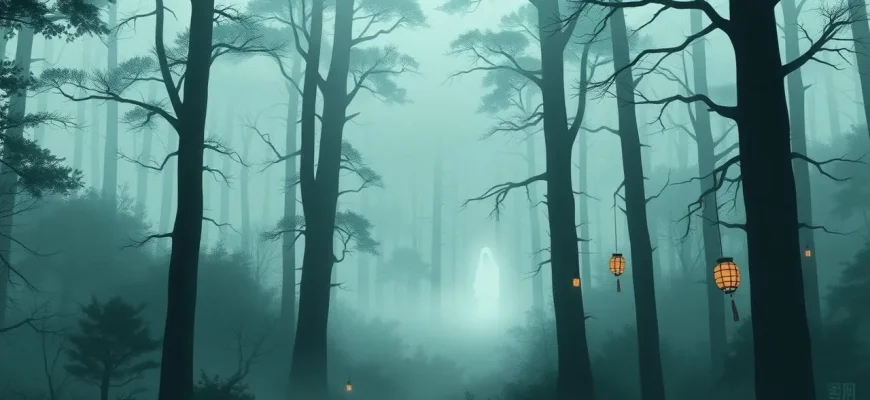Japanese horror films have a unique way of blending cultural folklore, urban legends, and modern storytelling to create an atmosphere of dread and suspense. This collection showcases some of the most iconic and terrifying entries in the genre, offering viewers a glimpse into the eerie side of Japanese cinema. From vengeful spirits to psychological terror, these films provide a rich tapestry of horror that has influenced global cinema. Whether you're a seasoned horror enthusiast or a newcomer to the genre, this list promises to deliver unforgettable scares and intriguing narratives.

Tomie (1998)
Description: Based on a manga series, this film explores the story of Tomie, a girl who can regenerate after death, driving men to madness and murder.
Fact: The character of Tomie has become a cult figure in Japanese horror, with multiple sequels and adaptations.
 Watch Now
Watch Now
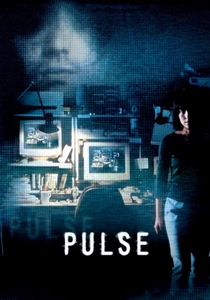
Pulse (2001)
Description: This film explores the terror of technology when ghosts begin to invade the world through the internet, leading to a chilling exploration of isolation and despair.
Fact: The film was remade in the US in 2006, but the original Japanese version is considered far superior in terms of atmosphere and horror.
 Watch Now
Watch Now

The Ring (2002)
Description: While not originally Japanese, this American remake of the iconic "Ringu" captures the essence of Japanese horror with its story of a cursed videotape that kills viewers seven days after watching it.
Fact: The film was directed by Gore Verbinski, who also directed the "Pirates of the Caribbean" series. The original Japanese film "Ringu" was based on a novel by Koji Suzuki.
 Watch Now
Watch Now
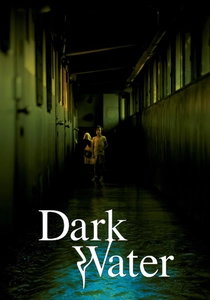
Dark Water (2002)
Description: A psychological horror about a woman and her daughter who move into an apartment with a dark past, experiencing supernatural events linked to a mysterious water leak.
Fact: The film was remade in Hollywood in 2005, starring Jennifer Connelly. It was directed by Hideo Nakata, who also directed the original "Ringu."
 Watch Now
Watch Now
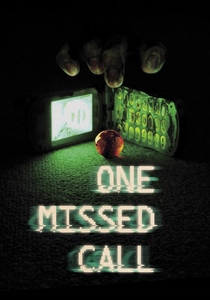
One Missed Call (2003)
Description: A group of friends receive voicemails from their future selves, predicting their deaths, leading to a race against time to uncover the curse's origin.
Fact: The film was remade in Hollywood in 2008, but the original Japanese version has a more intricate plot and a different ending.
 Watch Now
Watch Now
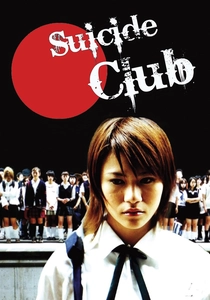
The Suicide Circle (2001)
Description: This film begins with a mass suicide at a train station, leading to an investigation into a mysterious cult and the dark undercurrents of Japanese society.
Fact: The film was controversial for its subject matter and its graphic depiction of suicide, sparking discussions on mental health in Japan.
 30 Days Free
30 Days Free

The Eye (2002)
Description: After receiving a cornea transplant, a blind violinist begins to see ghostly visions, leading her on a journey to discover the truth behind her new sight.
Fact: The film was remade in Hollywood in 2008, starring Jessica Alba. It was directed by the Pang Brothers, known for their work in Asian horror.
 30 Days Free
30 Days Free
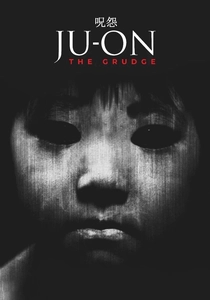
Ju-on: The Grudge (2002)
Description: This film introduces the terrifying concept of a curse that haunts a house, where anyone who enters is doomed to suffer the wrath of a vengeful spirit.
Fact: The film uses a non-linear narrative, which adds to the confusion and fear of the characters. It was remade in Hollywood in 2004 with Sarah Michelle Gellar.
 30 Days Free
30 Days Free
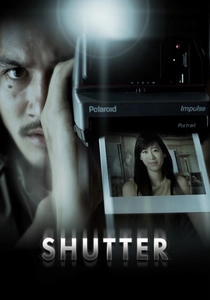
Shutter (2004)
Description: A photographer and his girlfriend start seeing ghostly figures in their photos after a hit-and-run accident, leading to a chilling investigation into the supernatural.
Fact: The film was remade in Hollywood in 2008, but the original Thai version is known for its more subtle and eerie approach to horror.
 30 Days Free
30 Days Free

Kairo (2001)
Description: This film delves into the horror of loneliness and the supernatural, where ghosts use the internet to invade the world of the living, causing despair and isolation.
Fact: The film's theme of isolation and technology was ahead of its time, reflecting modern anxieties about digital connectivity.
 30 Days Free
30 Days Free

